- solutions
- industries
- about us
- resources
Guides
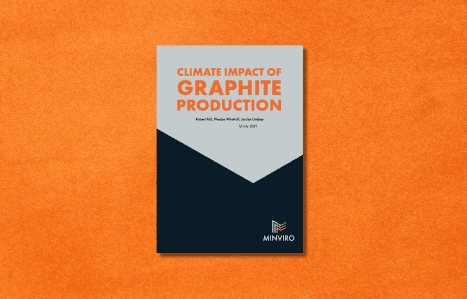
Climate Impact of Graphite Production
Published LCA studies for graphite production do not sufficiently represent the sizable contribution of different electricity scenarios to the overall impact of operations. As the global demand for battery grade material rises, this merits careful reconsideration. This LCA study suggests that the true climate change impact of producing battery-grade graphite can be as much as ten times higher than published values, depending on the energy and material inputs.
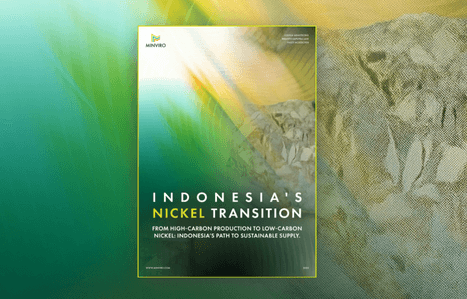
Indonesia’s Nickel Transition: From High-Carbon Production to Low-Carbon Nickel
Indonesia produces over 60 % of the world’s nickel, making it central to the global clean energy transition. This white paper examines the climate impact of Indonesia’s pyrometallurgical nickel production, the depletion risks facing saprolite ore reserves, and credible decarbonisation strategies. It provides data-driven insights for policymakers, industry leaders, investors, and communities to support a sustainable nickel supply chain.

Webinar: How Granular LCA & EPD Data Unlock Sustainability & Regulatory Success
Join industry experts from Minviro, Carbon Minds, and Climate Earth for a one-hour session exploring granular Life Cycle Assessment (LCA) and Environmental Product Declaration (EPD) data. The webinar highlights practical ways to handle evolving regulations, such as Europe’s updated Construction Product Regulation and the EU Battery Regulation, and reveals how high-quality data helps you pinpoint emissions hotspots, develop credible documentation, and align cross-sector supply chains.

The Environmental Impact of Manufacturing Solar Photovoltaics (PV)
Solar photovoltaics (PV) are pivotal in the shift to renewable energy, yet their manufacturing involves significant environmental impacts, especially due to high-purity silicon production. This white paper uses Life Cycle Assessment (LCA) to identify key environmental hotspots in the solar PV supply chain and offers strategies for reducing embodied carbon. Discover how diversifying and decarbonising supply chains can enhance the sustainability of solar PV manufacturing, supporting global net-zero goals.

Explore the Elements: Graphite
Explore the intricate world of graphite with Minviro's comprehensive guide. This document covers graphite's geological background, production methods, and diverse applications, emphasising sustainability and the crucial role of Life Cycle Assessment (LCA). Learn about the environmental impacts, differences between natural and synthetic graphite, and the industry's efforts toward sustainable practices.

Explore the Elements: Rare Earth Elements
Welcome to Minviro's 'Explore the Elements' Series – your guide through the intricate world of raw materials. Our first report focuses on the critical role of Rare Earth Elements (REEs) in advancing technology and driving sustainability. Immerse yourself in our exploration of their geological origins, production processes, and the importance of Life Cycle Assessment (LCA) for sustainable development.
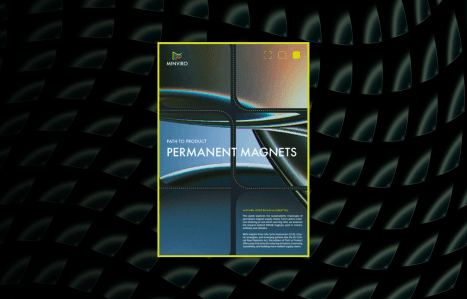
Path to Product: Sustainable & Compliant Permanent Magnet Supply Chains
Reduce carbon, improve traceability and align with CRM, DPP and EPD rules. Minviro’s latest guide maps the hidden environmental impact of NdFeB magnets, from rare earth extraction to magnet assembly, and outlines strategies for circularity, compliance, and risk mitigation.
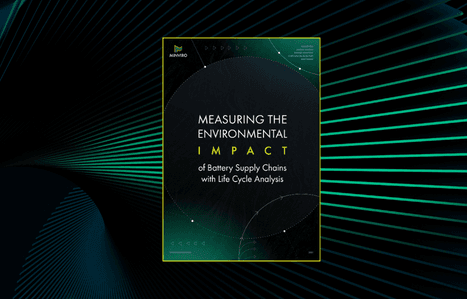
Measuring the Environmental Impact of Battery Supply Chains with Life Cycle Analysis
This white paper analyses the environmental impacts of battery supply chains for electric vehicles (EVs), focusing on the significant differences across various production routes. By employing Life Cycle Analysis (LCA), it highlights the crucial role of material selection and manufacturing in reducing the environmental footprint of EV batteries.
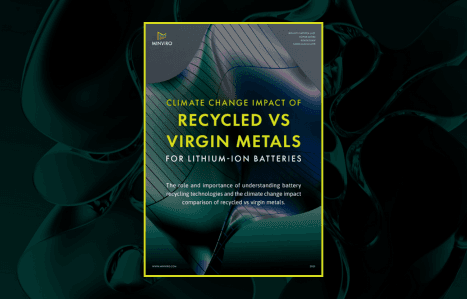
The Climate Change Impact of Recycled vs. Virgin Metals in Lithium-ion Batteries
Recycling is often assumed to be the better choice for sustainability, but does the data always support this? Minviro’s latest white paper challenges industry assumptions by providing a detailed life cycle assessment (LCA) of recycled vs. virgin metals used in lithium-ion battery production. Find out when and where recycling reduces product emissions, and discover which parts of the ecosystem requires innovation in process efficiencies to drive us to a truly sustainable circular economy.
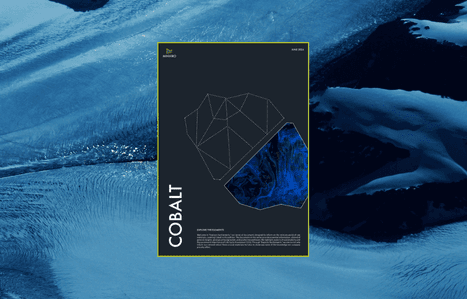
Explore the Elements: Cobalt
Discover the critical role of cobalt in the modern world with our comprehensive report. This essential guide dives into cobalt's geological background, production methods, and its significant impact on the electric vehicle industry. Download now to explore sustainability insights and the future of this indispensable element.
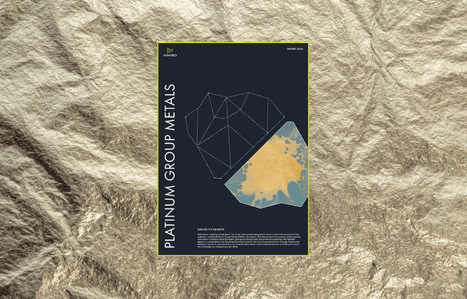
Explore the Elements: Platinum Group Metals
In this edition of "Explore the Elements," we delve into the fascinating world of Platinum Group Metals (PGMs). This group of elements, including platinum, palladium, rhodium, iridium, osmium, and ruthenium, is known for its unique properties and critical applications across a range of industries. PGMs are essential to various high-tech and industrial processes, from automotive catalytic converters to hydrogen fuel cells.
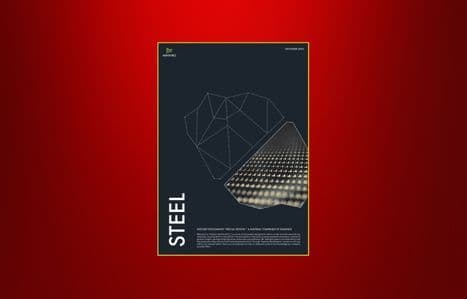
Explore the Elements: Steel
Learn about Steel's unique properties, global sources of iron ore and other key inputs, extraction and beneficiation techniques, and environmental considerations. This guide delves into Steel's role in critical industries like construction, energy, and transportation. Download the complete document to understand the importance of Life Cycle Assessment (LCA) in Steel production.

FREYR Project Results
We have had the pleasure to work with the incredible team at FREYR to conduct a gate-to-gate study on the use phase of lithium iron phosphate (LFP) batteries using life cycle thinking. We were asked to provide FREYR with a calculation of LFP battery packs (use phase) and the potential carbon dioxide (CO₂) emissions abatement in each market segment and geography (Europe and United States). The market segments investigated include passenger electric vehicles (EV), electric trucks (e-trucks) and energy storage systems for grid-scale stationary applications (ESS).

Webinar: Decarbonising Transportation - the Role of Cobalt in Battery Chemistries
In this insightful webinar, Minviro, the Cobalt Institute, and Trytten Consulting Services delve into the decarbonisation of transportation and the pivotal role cobalt chemistries play in battery technologies. From life-cycle assessments to raw material implications, gain expert perspectives and actionable knowledge.
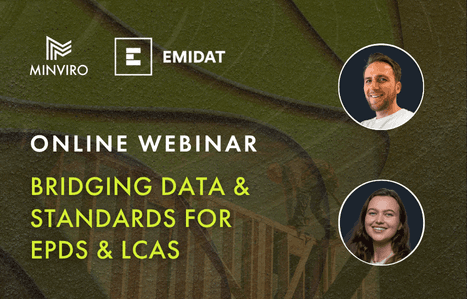
Webinar: Bridging Data and Standards for EPDs and LCAs
In this insightful webinar, experts in the field of product sustainability, Robert Pell (CEO, Minviro) and Lisa Oberaigner (CEO, Emidat), dive into the key challenges and opportunities in scaling Environmental Product Declarations (EPDs) and Life Cycle Assessments (LCAs) using technology and data-driven solutions. Join us for a deep dive into definitions, framework comparisons, and practical insights from industry experts.
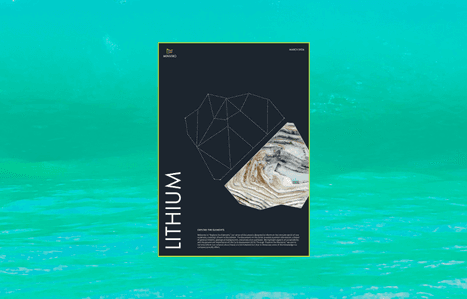
Explore the Elements: Lithium
Dive into the world of lithium, a key player in modern technology and sustainability. This guide unveils the properties, applications, and environmental impact of lithium, providing a comprehensive overview of its pivotal role in advancing renewable energy and electric mobility.
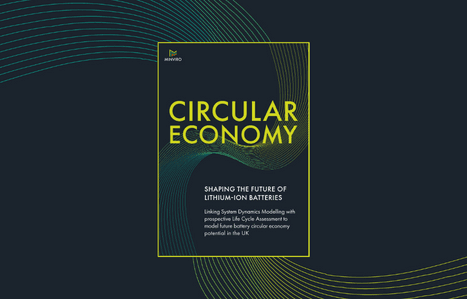
Circular Economy Shaping the Future of Lithium-Ion Batteries
With growing climate change pressures, a booming electric vehicle market, and an unprecedented demand for critical raw materials, circular economy strategies are crucial for achieving the clean energy transition. Using an innovative modelling and investigative approach that uniquely combines Systems Dynamic (SD) modelling and prospective LCA (pLCA), this white paper forecasts the environmental and supply chain benefits of circular economy interventions for the lithium-ion battery (LIB) market, using the UK as a case study. This unique approach provides a best-in-class analysis of the UK's potential to lead in circularity within the battery sector, offering a roadmap for policymakers, industry stakeholders, and researchers.

Explore the Elements: Titanium
Discover the essential facts about Titanium, its geology, production methods, and sustainability in this guide from Minviro. Learn about Titanium's unique properties, major global reserves, extraction techniques, environmental impacts, and more. Download the complete document to explore how Titanium plays an important role in aerospace, defense, and medical industries, while delving into the role of Life Cycle Assessment (LCA) in Titanium production for a sustainable future.

Explore the Elements: Aluminium
Discover the versatility and sustainability of aluminium in our comprehensive report. Learn about its unique properties, production processes, and significant role in the transition to renewable energy. Uncover how aluminium's recyclability and strength contribute to technological advancements and sustainable development.
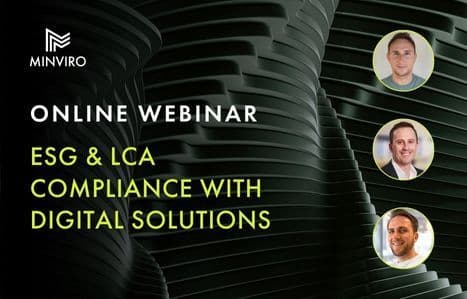
Webinar: ESG & LCA Compliance With Digital Solutions
Discover how to simplify ESG and Life Cycle Assessment (LCA) compliance with secure, data-driven digital solutions. In this exclusive webinar, experts from Minviro, Rise-X, and NeoEco demonstrate how to harness primary data for streamlined supply chain workflows and integrated corporate reporting.
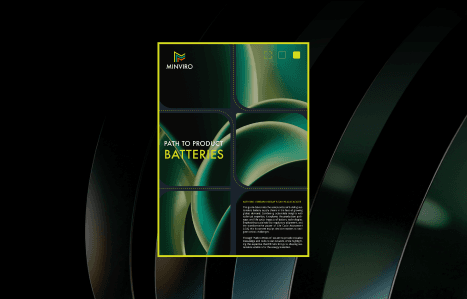
Path to Product: Building Sustainable & Compliant Battery Supply Chains
Unlock your roadmap to battery sustainability and compliance. Path to Product – Batteries is a free, expert-authored guide for battery and EV sector leaders. Learn how to navigate the latest EU Battery Regulation, implement circularity strategies, and reduce your battery supply chain emissions with data-driven Life Cycle Assessment (LCA). This is your opportunity to future-proof your battery production and gain a competitive edge.
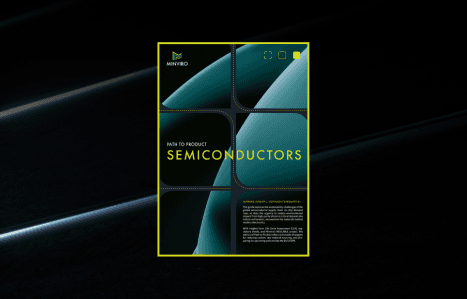
Path to Product: Sustainable & Compliant Semiconductor Supply Chains
Cut carbon, secure critical inputs and meet ESPR & DPP rules. Minviro’s guide shows chip makers where the lifecycle impact hides, and how to reduce it.
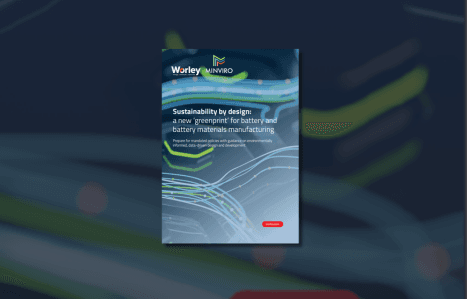
EU Battery Regulations: A 'Greenprint' for Sustainable Manufacturing
In collaboration with Worley, this paper addresses the urgent demand for sustainable practices in battery and battery materials manufacturing. With global battery demand set to surge from 1 TWh to 6.8 TWh by 2030, environmentally conscious design and development are crucial. The EU's Battery Passport and similar regulations necessitate sustainability. Our white paper offers guidance on data-driven, environmentally informed approaches to meet these challenges.
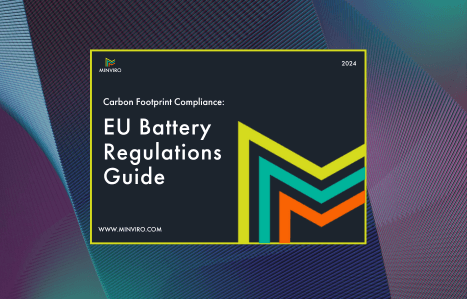
Carbon Footprint Compliance: EU Battery Regulations Guide
As the new EU battery regulation has been enacted, this document acts as a guide to understanding the methodology for the calculation and verification of the Carbon Footprint (CF) of electric vehicle batteries, and what the direct impact of the regulation will be on your business. Our guide specifically focuses on the usage of Life Cycle Assessment (LCA) for the calculations of a product’s CF, as it has been widely adopted for European regulatory compliance.
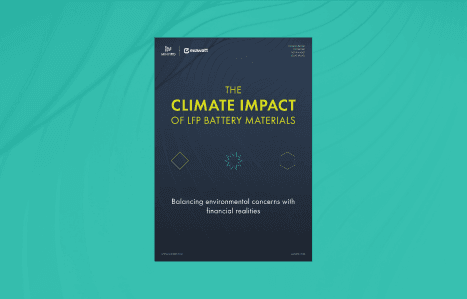
The Climate Impact of LFP Battery Materials: Balancing Environmental Concerns with Financial Realities
In our new collaborative white paper, Minviro and Exawatt have combined their expertise to study the future landscape of global LFP production from an environmental sustainability (using life cycle assessment, LCA) and cost perspective, respectively, as an indication of the true potential of non-nickel-based cathodes as a globally competitive commercialised product. To create the scenario changes to test the environmental impacts and financial costs of different pathways, all LFP LCA and cost model inputs were kept static except manufacturing electricity source, lithium carbonate source, and graphite source. The comparative environmental impacts, in this paper as they relate to decarbonisation potential, and financial costs of the different scenarios theorised from these three interventions are then discussed in detail.
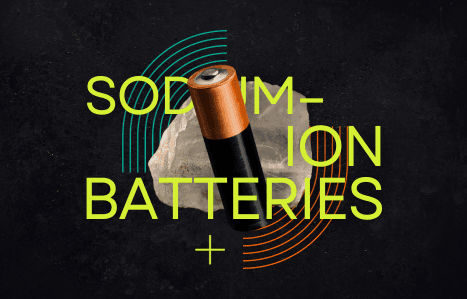
Sodium-Ion Batteries: A sustainable alternative to Lithium-Ion?
In this white paper, we investigate the potential environmental impacts of sodium-ion batteries, which are causing a buzz in the commercial rechargeable battery market!
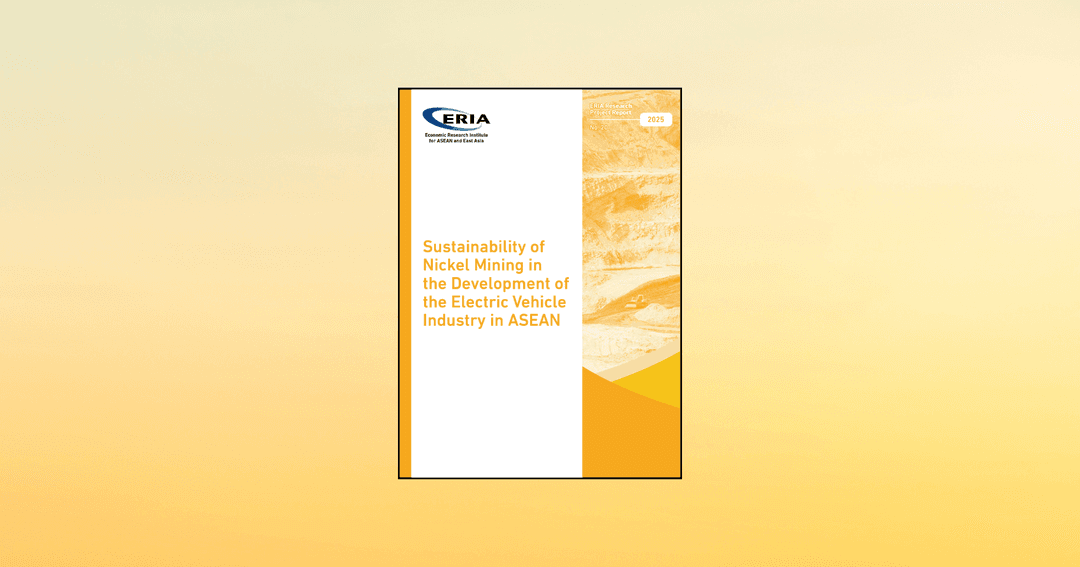
Sustainability of Nickel Mining in the Development of the Electric Vehicle Industry in ASEAN
Minviro, in partnership with the Economic Research Institute for ASEAN and East Asia (ERIA), has released a comprehensive white paper examining the sustainability of nickel mining in Southeast Asia’s growing electric vehicle (EV) sector. The study analyses the nickel-to-EV supply and demand landscape, life cycle impacts of nickel sulfate production, and actionable pathways to reduce environmental burdens across ASEAN countries.

Nickel’s Carbon Challenge – understanding the relationship between nickel source and carbon intensity
Nickel is a key element in many commercially available lithium-ion batteries. Nickel’s allure lies in its high energy density, potential for lower lifetime impacts, and suitability for various applications. Given its high performance metrics, it is a cornerstone ingredient to decarbonisation efforts and is in incredibly high demand globally. However, it is vital to ensure the environmental sustainability of nickel production and making informed decisions to reduce impacts throughout the supply chain.

Meet XYCLE: LCA Software Designed to Support the Energy Transition
This on-demand webinar introduces XYCLE, the latest innovation in LCA software, designed by LCA practitioners for LCA practitioners. Join us for an insightful session where we discuss Minviro’s journey, the challenges addressed by XYCLE, and how it transforms workflows for improved environmental decision-making. The session concludes with a live Q&A and an exclusive product demo.

Webinar: Driving Sustainable Progress with LCC, LCA & eTEA
Access the on-demand recording of our webinar, Driving Sustainable Progress with LCC, LCA & eTEA. In this session, Minviro's team members explore how industries like automotive, mining, chemicals, and consulting can leverage lifecycle tools to drive better decisions. Learn how Life Cycle Assessment (LCA) provides a strong foundation, and how Life Cycle Costing (LCC) and Environmental Techno-Economic Analysis (eTEA) fill critical gaps for cost efficiency, compliance, and accurate data-driven sustainability insights.
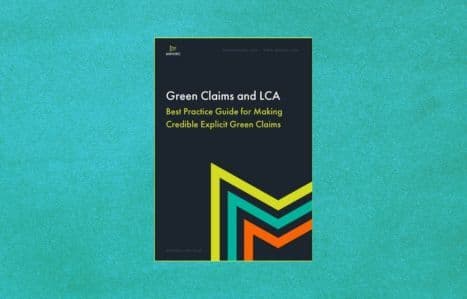
Green Claims and LCA Guide
This comprehensive guide provides expert, easy-to-follow insights into making credible green claims. With an introduction to green claims, life cycle assessment (LCA), as well as essential tips on communicating environmental impact accurately and transparently. Our guide is a crucial tool for individuals and businesses to avoid greenwashing and accurately market their environmental impact.
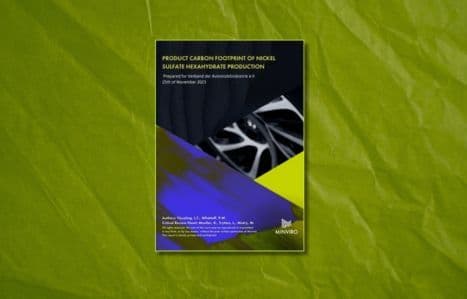
VDA Project Results: LCA of Nickel Sulfate Hexahydrate Impact
In collaboration with the German Association of the Automotive Industry (VDA), Minviro has developed a detailed report on the climate change impact of three existing and emerging nickel sulfate hexahydrate production pathways. With the upcoming European battery regulations, it will be essential to have primary or representative secondary data. This LCA study, which went through a critical panel review, aims to provide insights into what the range of climate change impacts can be for different production pathways, and to provide context to the main drivers of these differences.

Rare Earth Magnet Recycling: Key Insights from an ISO-Compliant LCA
Magnet recycling is an alternative to high-impact primary rare earth materials and a route to reduce supply-chain emissions. Download Minviro’s latest ISO 14067–compliant study, in partnership with Apple, to learn how recycled neodymium-praseodymium (NdPr) and dysprosium (Dy) compare to primary extraction, with clear guidance on carbon intensities, system boundaries and the drivers that matter most.

Tech-Enabled Verification & Product Carbon Footprints with Minviro × TÜV SÜD
Learn how Minviro’s XYCLE platform and TÜV SÜD simplify third-party verification, speed up Life-Cycle Assessments, and deliver audit-ready Product Carbon Footprints. Watch the 45-minute session for live demos, regulation insights, and practical tips to boost data quality and compliance.

The Decarbonisation Pathway: Evaluating Environmental and Cost Trade-Offs Together
Unlock the full potential of sustainable decision-making with this expert guide on integrating environmental and financial metrics. Learn how Life Cycle Costing (LCC), Life Cycle Assessment (LCA), and Environmental Techno-Economic Assessment (eTEA) can help your organisation meet net-zero goals while maintaining financial resilience.
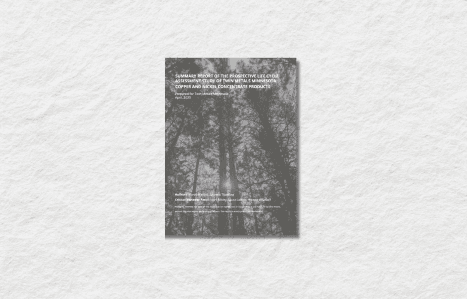
Twin Metals Minnesota Project results
Twin Metals Minnesota is a US based company focused on the development of an underground copper, nickel, cobalt, platinum, palladium, gold and silver project (TMM Project) in the northeast Minnesota. After initial discussions we were tasked to provide a life cycle assessment study of their copper and nickel concentrate products for their future development and improvement.
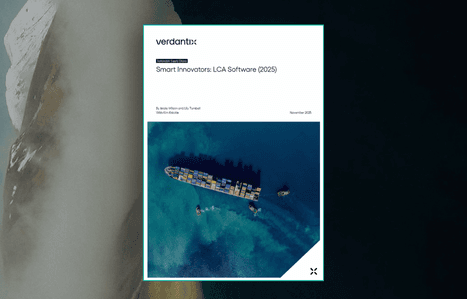
Minviro's XYCLE Included in Verdantix Smart Innovators: LCA Software 2025
Independent industry evaluation recognising key strengths in supplier data collaboration, lifecycle modelling and scenario analysis within XYCLE. Understand how Verdantix evaluated LCA software in 2025 and what this means for modern sustainability, procurement and product teams.
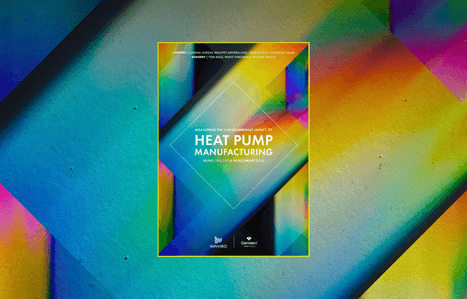
Measuring the Environmental Impact of Heat Pump Manufacturing Using Life Cycle Assessment
Discover how Life Cycle Assessment (LCA) can reduce the environmental impact of heat pump manufacturing. In this whitepaper, Minviro and Gemserv outline the cradle-to-gate analysis of a 10kW Air Source Heat Pump, revealing insights into the embodied carbon emissions of current manufacturing processes and exploring pathways for sustainability improvements. Learn how production techniques can reduce the carbon footprint of heat pumps by up to 50%, ensuring that manufacturers not only comply with new regulatory requirements but also lead the shift toward a more sustainable future.
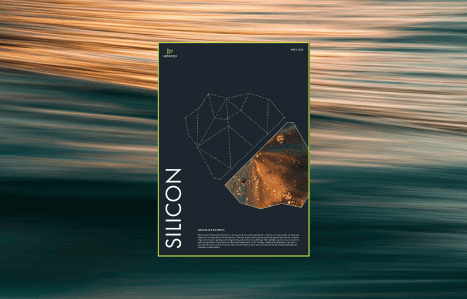
Explore the Elements: Silicon
Explore the crucial role of Silicon, an abundant element in Earth's crust and an important element of modern technology. This blog post delves into the various states and applications of Silicon, from its natural form to its critical use in electronics, photovoltaics, and advanced battery technologies. Discover how Silicon, a key semiconductor during the "Silicon Age," drives digital development and supports clean energy transitions.

Product Carbon Footprint of Indonesia's Steelmaking
Indonesia’s steel industry is entering a critical phase as global demand for low-carbon materials accelerates. This white paper provides a detailed assessment of the carbon footprint of Indonesia’s hot-rolled coil (HRC) production via the blast furnace–basic oxygen furnace (BF-BOF) route, highlighting key emission hotspots and exploring the decarbonisation pathways required to stay competitive in an increasingly regulated market.

Explore the Elements: Gold
Gold (Au) is a precious yellow metal known for its conductivity, malleability, and aesthetic appeal, integral in industries from finance to electronics. Discover its geological origins, production methods, and sustainability challenges in modern mining.
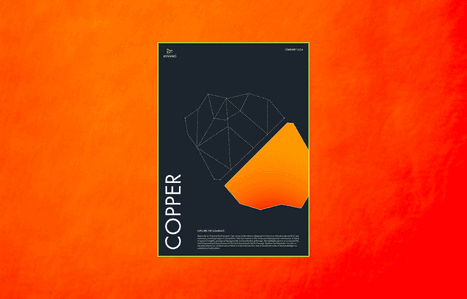
Explore the Elements: Copper
Explore the significant impact copper has on modern technologies and eco-friendly solutions. Minviro's guide delves into copper’s essential role in advancing sustainable practices, emphasising the importance of Life Cycle Assessment (LCA) in reducing environmental footprints.
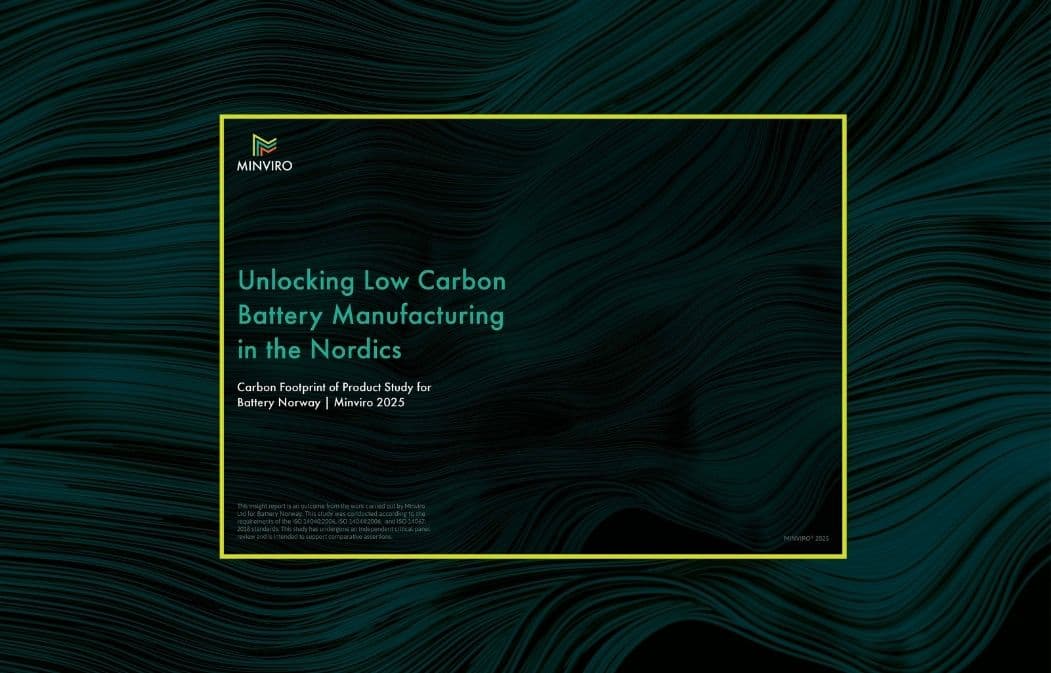
Unlocking Low-Carbon Battery Manufacturing in the Nordics
This new Carbon Footprint of Product (CFP) study, conducted by Minviro for Battery Norway with support from the Nordic Council of Ministers, explores how Nordic raw materials and renewable energy can drive significant reductions in battery carbon footprints. By modelling NMC811 and LFP chemistries, the study shows up to 85% lower climate impacts compared to global averages, highlighting the region’s strategic advantage in building a low-carbon, resilient battery supply chain.
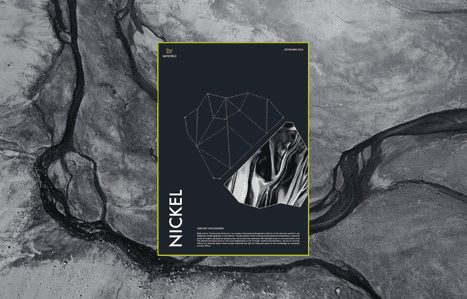
Explore the Elements : Nickel
Explore the essential role of Nickel in modern industries, from its application in batteries for electric vehicles to its importance in sustainable production pathways. This document delves into the geology, extraction, and environmental impact of Nickel, providing an in-depth look at its role in the energy transition.

Path to Product: Sustainable Hydrogen Fuel Cell Supply Chains
Explore the sustainability challenges and opportunities in hydrogen fuel cell supply chains. This Path to Product edition examines life cycle hotspots, regulatory trends, and strategies for building resilient, low-carbon Proton Exchange Membrane (PEMFC) and Solid Oxide Fuel Cell (SOFC) systems. Learn how to cut emissions, improve traceability, and prepare for evolving compliance standards.